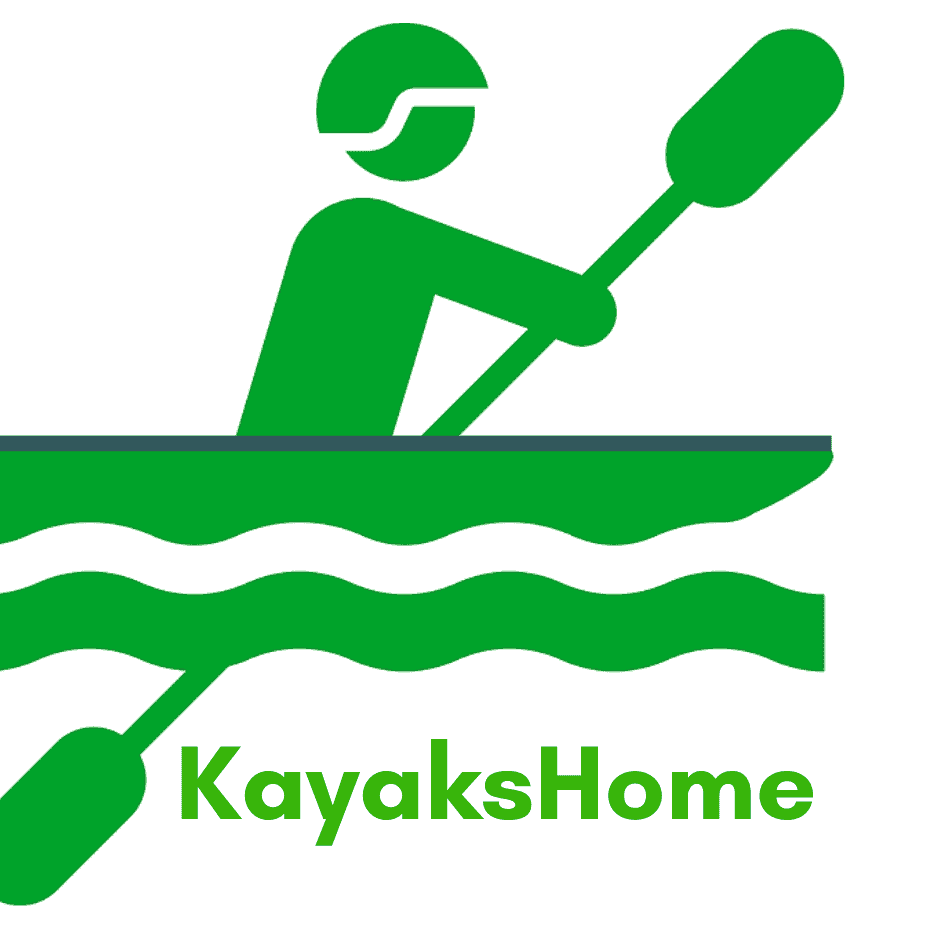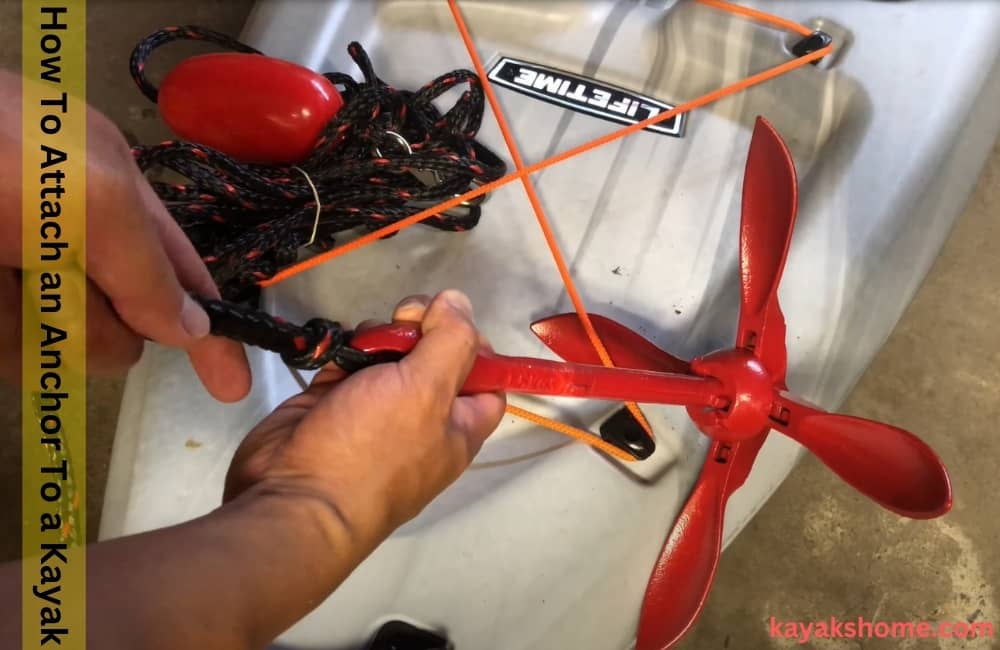A significant relationship between kayak and anchor has existed since the beginning of fishing. Anchoring is immensely important while fishing or for recreation, but very few know how to attach an anchor to a kayak.
You must attach an anchor while getting a suitable place for fishing and need lunch. Moreover, it will help you break from paddling against the heavy water current.
This guide will cover the kayak anchoring process within five simple steps. You will also learn anchoring caution from this guide. So, let’s have a look.
Types of anchors
Before anchoring a kayak, you must know each anchoring method. Here, we have discussed the top three anchors used by most kayakers.
Grapnel anchor/folding anchor:
The grapnel is a versatile anchor most accessible to kayakers and fishing anglers. It arrives with four sturdy tines that can splay while the box anchor is casting. Moreover, the tines can be folded when they need to be stored.
Hence, this anchor ensures a secure holding because of the rolling mechanism. One or two tines can correctly dig in the bottom. Keep in mind that this anchor is suitable for soft soil and sand bottoms. Be aware that it won’t be ideal for rocky bottoms. It’s good to know that 1.5 Lbs. The anchor is suitable for strong wind and kayaks. Similarly, 3 lbs. is ideal for a small boat.
Bruce anchor:
Bruce anchor is another reliable method for kayak stopping. This anchor digs the soil with a plow or claw. Hence, it is very useful for softer ground and sandy areas. Be conscious not to cast it on the rocky bottom. Although it is not as versatile as the grapnel, it is useful for strong currents and extreme winds. You can use this for lake and bay kayaking.
Mushroom Anchor:
A mushroom anchor is the best simple anchor among all types. It is heavier and can fall upside down or down on the bottom like a mushroom. So, the kayak or small boat will stop at the spot.
How to attach an anchor to a kayak
Step 1: Attach the anchor line
First of all, you have to pick an anchor and need to connect the chain. There are a lot of kayak anchors for sale in the nearby market. You must use a medium thicker nylon kayak anchor rope to attach the anchor. Must the cut of the fishing line be based on the water depths? Due to its maximum density, nylon can dive underwater. At the same time, it is very reliable. Generally, a rope that is 75 feet longer is the standard for anchoring. But you should keep more cord with you. Otherwise, managing the kayak anchor line will be a tricky task for you.
kayak anchor line management
Step 2: Attach a float to the line
In this step, take a colorful foam float on the end edge of the anchor line. Remember that float is not mandatory in the kayak anchor setup. But you can get back to the anchor place to see the float.
Step 3: Choose the anchoring location for hitting
Next, be ready to cast the anchor in the right place. Decide on the anchoring bottom place and stop your kayak paddling. Then, sit properly to keep your body balanced before casting the anchor because the kayak might be up and down slightly.
Step 4: Anchor dropping
Now, drop the anchor into the water and let it dive. You have to leave the line gradually. You will notice the reeling close after the anchor reaches under the water.
Step 5: Tie off the anchor line
It is the last step, and you must tie off the line edge with the kayak. However, it is essential to consider the current and wind conditions when tying the line. The kayak might swing in that direction, so tie off the line consciously.
FAQs:
1. How do you put an anchor in a kayak?
There are different anchor types, so the putting process is quite different. You can put the anchor inside the kayak gear pocket. But remember to wrap the anchor with a soft pad or paper so the kayak won’t damage the tines.
2. How do you use a kayak anchor trolley?
The anchor trolley comes with a tie-off mechanism with two lines. So, you must attach the anchor line on both sides of the kayak. You will get the best kayak anchor trolley available. It will allow you to make a perfect anchor.
Final Words:
So, we sincerely believe you have understood how to attach an anchor to a kayak. It is a more natural process. You have to be aware of adverse weather. However, let us know if you want to learn more about this topic. We will enrich this content for your convenience.
Hello. My name is Tony K. Henderson. I love kayaking whenever I get the time, and I am very fond of fishing, too. The techniques and knowledge of being a paddler are amusing. I have shared all my knowledge about kayaking and fishing on my website. Feel free to read them and learn more important things and facts about kayaking and fishing.

